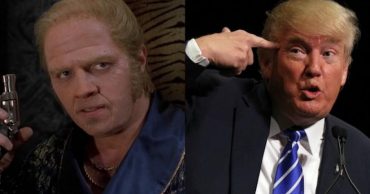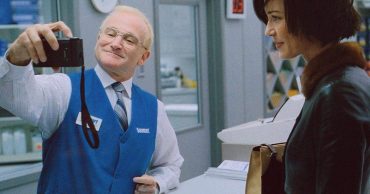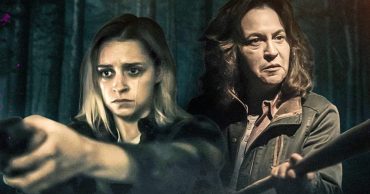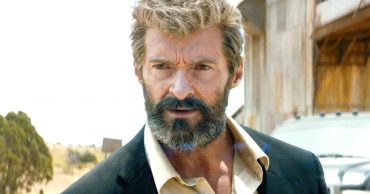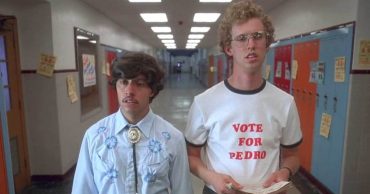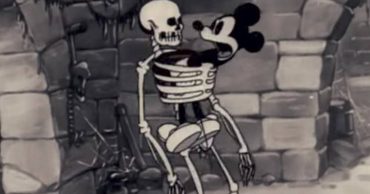One of the top epic movies of 2023 was unarguably Martin Scorsese‘s Western crime drama Killers of the Flower Moon. Besides its masterfully adapted screenplay by Eric Roth and Martin Scorsese, Killers of the Flower Moon packed an ensemble cast of Hollywood’s top actors. Although its 206-minute runtime received criticism, its direction, storyline, and performances were critically acclaimed.
However, besides its exceptional cast and screenplay, Killers of the Flower Moon tells the story of the purported killing of members of the Osage Nation because of the oil in the lands. As much as it closely adapts journalist David Grann‘s 2017 non-fiction book Killers of the Flower Moon: The Osage Murders and the Birth of the FBI and is a frontrunner for Oscar nominations, the re-telling of the planned genocidal killings of the Osage people wasn’t created for mere entertainment. To find out out if Martin Scorsese’s Killers of the Flower Moon is based on a true story, here’s a closer look at the truths in the movie, separating facts from fiction.
What the Killers of the Flower Moon Movie Is About
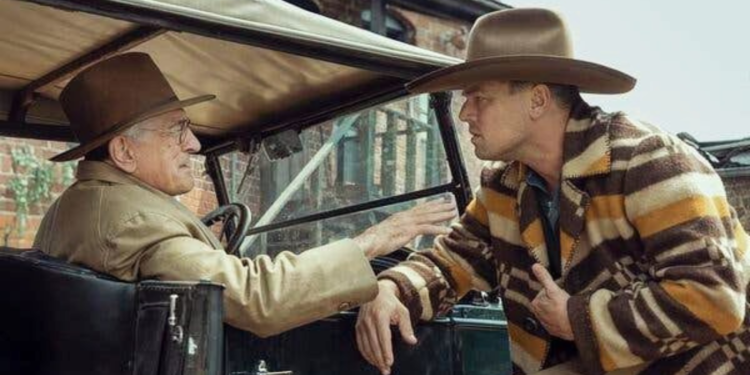
The Killers of the Flower Moon (2023) is set in the early 1900s, with most of its action occurring between the late 1910s and 1920s. It follows its protagonist, World War I veteran Ernest Burkhart, whose journey in history begins after he returns home in 1919 to live with his younger brother, Byron Burkhart, and his uncle, William King Hale. Prior to Ernest Burkhart’s introduction in the movie, the Osage Nation, a Midwestern American tribe of the Great Plains, had long discovered oil in their fields and became wealthy. Over the years, before his return from World War I, Burkhart’s uncle, William King Hale, had become a friendly benefactor to the Osage people.
As Hale’s influence grew from being a reserve deputy sheriff/cattle rancher to a local political boss, so also did his greed and envy of the wealth of the Osage people. Convincing his nephew Burkhart to befriend and marry Mollie Kyle, an Osage lady from a family with oil headrights, Hale schemes his way to acquire substantial oil headrights by killing members of the family. Most of the Killers of the Flower Moon‘s over three hours runtime is dedicated to showcasing the strategic killing of members of Mollie Kyle’s family and notable Osage members. Using his gullible and greedy nephew Burkhart to commit most of the murders, Hale was only a family member away from possessing the oil headrights before he was arrested and tried for his crimes.
Examining the Facts from Killers of the Flower Moon
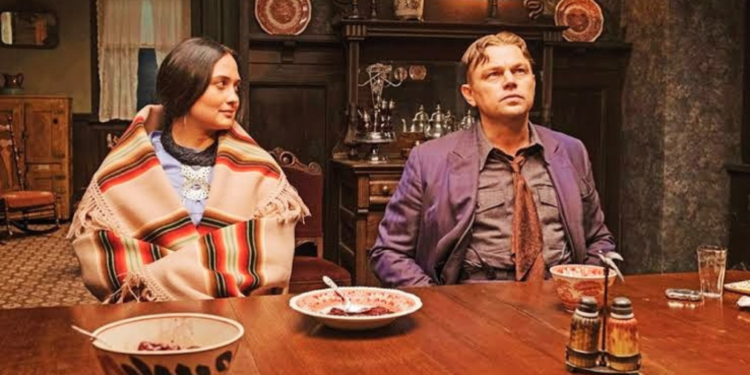
Eric Roth and Martin Scorsese‘s Killers of the Flower Moon screenplay was adapted from a true life story. Although they based the adaptation on David Grann’s 2017 non-fiction novel, the events in Killers of the Flower Moon are factual. Historically, the killings are referred to as the Osage Indian murders or were termed Reign of Terror by newspapers of the time. In general, Killers of the Flower Moon (2023) nearly closely portrays the history of the Osage murders for oil headrights. However, as a movie adaptation, certain events or castings were reconstructed to appeal to a modern audience. Besides, Scorsese’s Killer of the Flower Moon (2023) isn’t the first film adaptation/re-telling of the Osage Indian murders. These include James Young Deer‘s Tragedies of the Osage Hills (1926) and Mervyn LeRoy‘s The FBI Story (1959).
As depicted in the movie, the petitioning/lobbying of Congress and President Calvin Coolidge helped initiate investigations of the murders by the Bureau of Investigation (BOI), which later became the Federal Bureau of Investigation (FBI). As revealed in the radio drama at the end of the film, the real William King Hale and Ernest Burkhart received life sentences. However, despite appeals and Osage protests, Burkhart was paroled after 11 years in 1937, with William King Hale receiving parole after about 21 years in prison in 1947. Also, having survived the Osage Indian murders, Mollie Kyle truly divorced Ernest Burkhart and married John Cobb. As stated in the movie, she died at 50 on June 16, 1937.
Martin Scorsese’s Input and Killers of the Flower Moon’s Casting
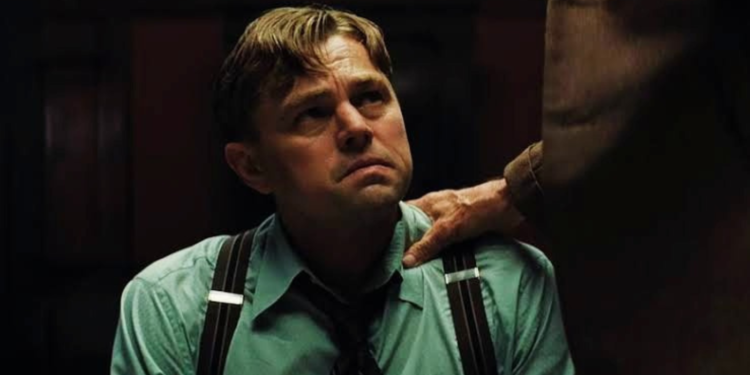
Filmmaker Martin Scorsese was drawn to making a motion picture movie about the Osage Indian murders after reading journalist David Grann’s non-fiction book. However, to stay as close to the true life story as possible, Scorsese collaborated with several Osage Nation people and consultants. Their inputs helped Scorsese and Eric Roth reconstruct much of Killers of the Flower Moon‘s screenplay. However, despite keeping the spirit of the true life story, Killers of the Flower Moon had several improv/ad-libbed lines and scenes, especially from actor Leonardo DiCaprio.
Killers of the Flower Moon is Martin Scorsese and Leonardo DiCaprio’s seventh collaboration. However, casting DiCaprio as Ernest Burkhart and Lily Gladstone as Mollie Kyle, despite their fantastic performances, didn’t properly depict the age gap between the real-life figures. Although DiCaprio is 12 years older than Gladstone, Mollie Kyle was older than Ernest Burkhart with about 6 years.
Similarly, at the start of the Osage Indian murders, the real-life William King Hale was in his mid-40s. However, Martin Scorsese cast an 80-year-old Robert De Niro to portray the character. Killers of the Flower Moon became Scorsese and De Niro’s eleventh collaboration since Mean Streets in 1973. Also, the Killers of the Flower Moon scene where Robert De Niro‘s character paddles Leonardo DiCaprio’s character inside the Masonic temple as punishment for the botched assassination was entirely made up and included by Martin Scorsese.
 Follow Us
Follow Us
